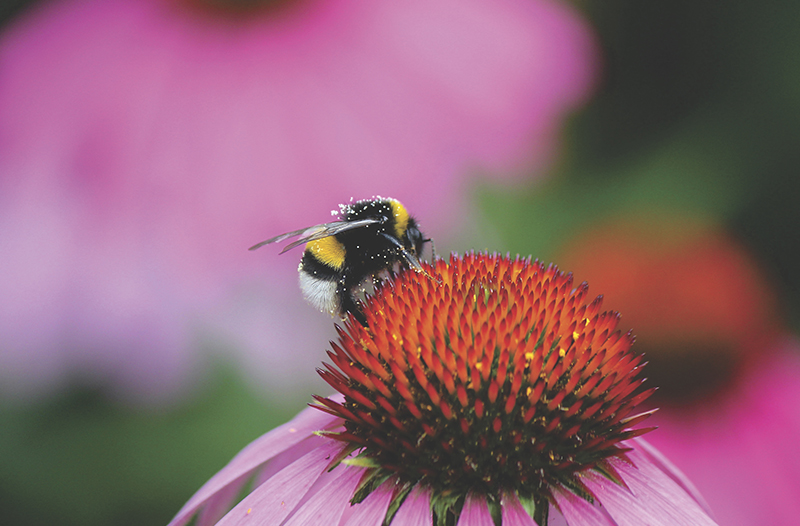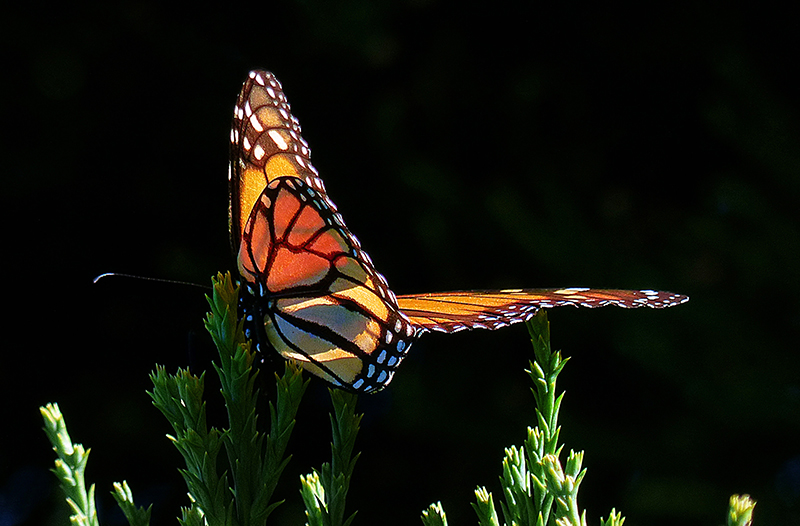Bee Safe
 Bees are beneficial insects because of the essential role they play in pollination. In fact, roughly 75% of the food crops we eat, like fruits, vegetables, nuts and even coffee, rely on pollinators like bees to produce each year. It’s important to protect bees and their habitats as they are an integral part of our ecosystem biodiversity and ecological balance.
Bees are beneficial insects because of the essential role they play in pollination. In fact, roughly 75% of the food crops we eat, like fruits, vegetables, nuts and even coffee, rely on pollinators like bees to produce each year. It’s important to protect bees and their habitats as they are an integral part of our ecosystem biodiversity and ecological balance.
Pyrethroids and Pollinators: A Lethal Combination
The most common spray that pest control companies in Virginia and Maryland use to combat mosquitoes are pyrethroids (synthetic pyrethrins). Unfortunately, pyrethroids are just as effective in killing bees, butterflies, fireflies and dragonflies, as they are at killing mosquitoes. Pyrethroids are also toxic to some aquatic organisms, a concern when rain or storms cause pesticide residues to run off into ponds, streams, and rivers like the Potomac. To make matters worse, the more pyrethroids are used, the more mosquitoes can develop resistance to them, which means ever-stronger chemicals will be needed in the future.
There are theoretically ways to minimize pyrethroid effects on bees, such as using ultra low volume spray (ULV) and spraying in the evening when bees are less likely to be in flight, however, most mosquito control companies do not use ULV sprayers and they perform pyrethroid treatments during the day, when bees are active.
Even if a bee does not receive a lethal dose of pyrethroid, studies have shown that sublethal exposure will negatively impact that bee’s behavior, causing an overall detriment of the colony. A healthy colony relies on its members to perform their duties. Behavioral changes will impair feeding, communication, social interaction, and foraging for foods.


